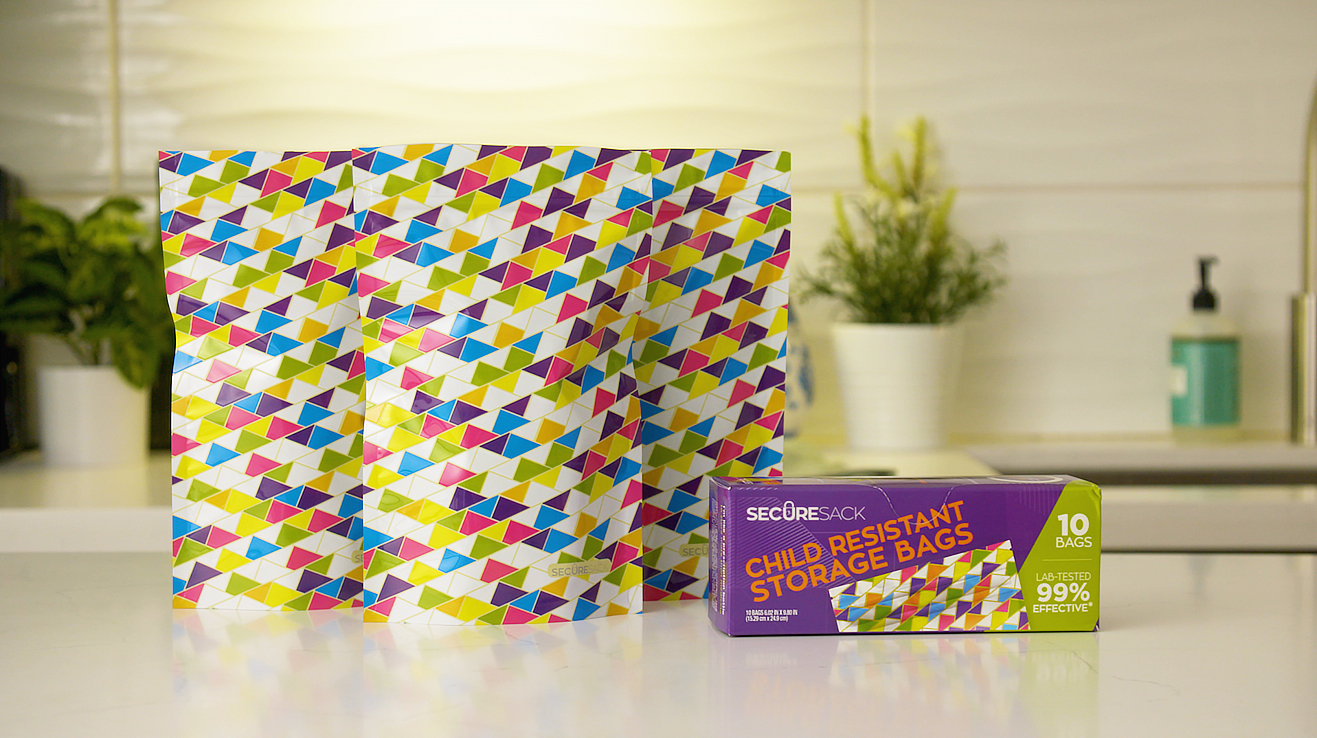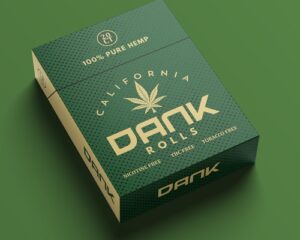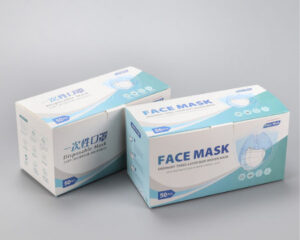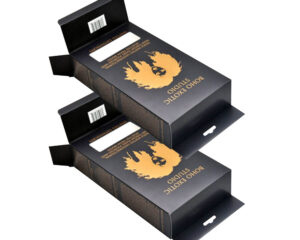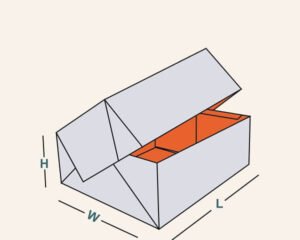When it comes to the preservation of products over extended periods, packaging plays a crucial role. Two popular options for long-term storage are Mylar bags and rigid packaging. In this blog post, we will explore the differences and advantages of Mylar vs rigid packaging, helping you determine which is the better choice for your storage needs.
Understanding Mylar Packaging
Mylar is a type of polyester film known for its excellent barrier properties, making it an ideal choice for long-term storage of food, pharmaceuticals, and other perishable items. Mylar bags are lightweight, flexible, and can be heat-sealed to create an airtight environment, protecting contents from exposure to air, moisture, and light. This feature is particularly beneficial for items sensitive to oxidation, which can lead to spoilage. Additionally, Mylar is resistant to punctures and tears, providing durability during storage.
Exploring Rigid Packaging
Rigid packaging encompasses various materials, including plastics, glass, and metal. These containers offer a solid structure that protects products from damage during handling and shipping. Rigid packaging is often preferred for items that need an added layer of protection from physical impacts. For example, glass jars are widely used for preserving food due to their ability to create a vacuum seal, keeping out air and moisture. Rigid containers can also be stacked easily, optimizing storage space.
Comparing Barrier Properties
One of the primary considerations when choosing between Mylar and rigid packaging is their barrier properties. Mylar excels in minimizing oxygen and moisture exposure, which significantly prolongs the shelf life of its contents. On the other hand, while rigid packaging can provide a good barrier, it may not be as effective as Mylar when it comes to sealing out external factors. Products like glass jars can provide excellent oxygen barriers but may still allow some moisture ingress compared to Mylar.
Evaluating Cost-Effectiveness
Cost is always a significant factor in packaging decisions. Generally speaking, Mylar bags are more economical for large-scale storage due to their relatively low production costs and lightweight nature, which reduces shipping expenses. Rigid packages like glass or metal containers can be more costly, both in terms of production and shipping, making them less desirable for bulk storage purposes. However, the initial investment in rigid packaging may be justified if the product being stored has a higher value and requires extra protection.
Assessing Environmental Impact
As sustainability becomes increasingly relevant, the environmental impact of packaging choices must be considered. Mylar, while effective, is a synthetic material that may not be as environmentally friendly as rigid packaging options like glass, which is recyclable and has a lower carbon footprint in terms of reuse. Rigid packaging can be an attractive choice for eco-conscious consumers, while Mylar can be viewed less favorably. Nevertheless, innovative recycling methods and efforts to develop biodegradable Mylar alternatives are underway.
Storage Space Considerations
When it comes to storage efficiency, Mylar packaging usually has an advantage over rigid packaging due to its flexibility and lightweight nature. Mylar bags can be easily flattened and stored, allowing for efficient use of space. In contrast, rigid containers take up more space, which can be a disadvantage in environments where storage area is limited. Consider your storage options carefully when deciding between these two packaging types.
Versatility of Mylar Bags
Mylar packaging is incredibly versatile, making it suitable for various applications. Whether for food storage, emergency preparedness kits, or protecting electronics from moisture, Mylar bags can cater to diverse needs. The ease of customization, including size and seal type, makes Mylar a popular choice for both commercial and personal use. Rigid packaging, while reliable, may not provide the same degree of flexibility in terms of design and use cases.
The Role of Product Type in Packaging Choice
The type of product you intend to store is a critical factor in determining whether Mylar or rigid packaging is the better option. For items that are sensitive to light, air, or moisture – such as dried foods, seeds, or chemicals – Mylar packaging typically shines. Conversely, for products that require durability and structural integrity – like beverages, sauces, or fragile powders – rigid packaging can provide the necessary protection. Always assess the unique requirements of your items before making a decision.
User Convenience and Handling
When weighing Mylar versus rigid packaging, usability and convenience play a significant role. Mylar bags are lightweight and easy to handle, making them perfect for long-term storage solutions where ease of access is necessary. They can also be heat-sealed, offering a tamper-proof seal that ensures product integrity. Rigid packaging, while more cumbersome, can provide easier opening with built-in features like pop-tops or screw tops, which some consumers might find more user-friendly.
Conclusion: Making the Right Choice
Ultimately, the choice between Mylar and rigid packaging depends on various factors specific to your storage needs. If long-term storage, high barrier protection, and cost-effectiveness are your primary concerns, Mylar bags may be the better choice. However, if you require robust protection, reusability, and a more environmentally friendly option, rigid containers might be the way to go. Understanding the nuances of Mylar versus rigid packaging can help you make an informed decision that best suits your storage requirements and ensures the longevity of your products. For more insights and packaging solutions, visit Packwhole.

